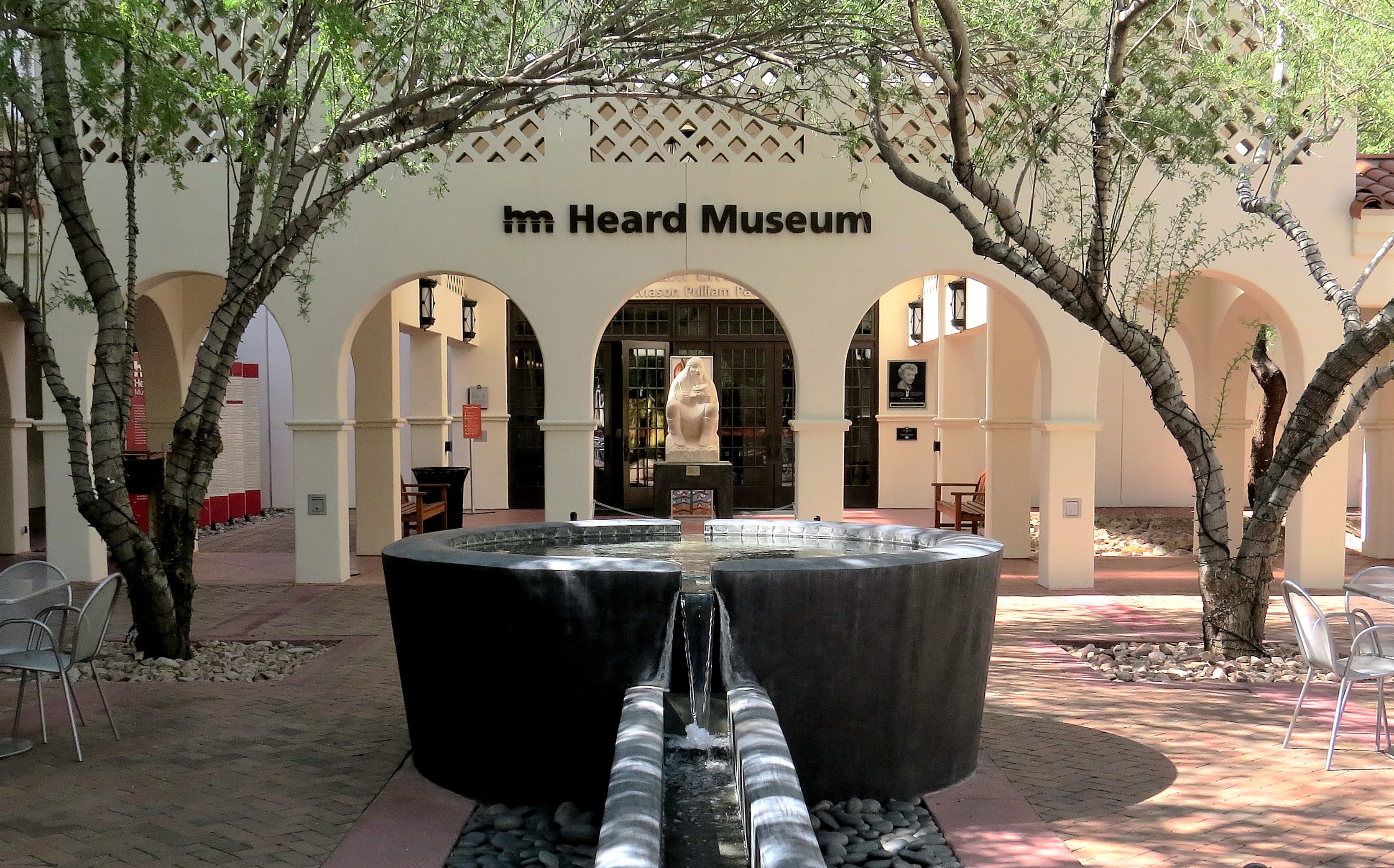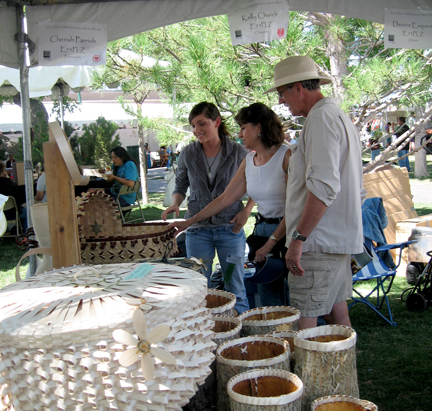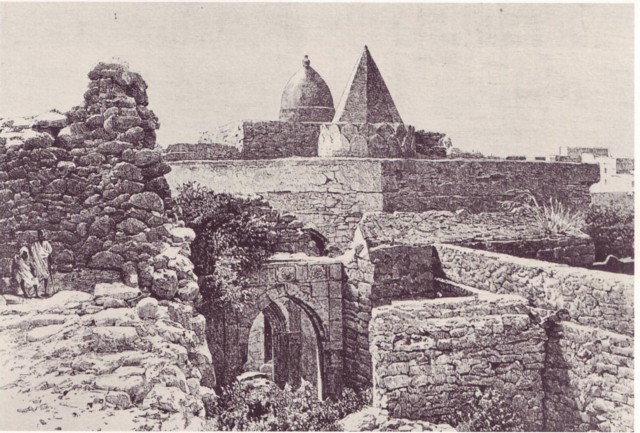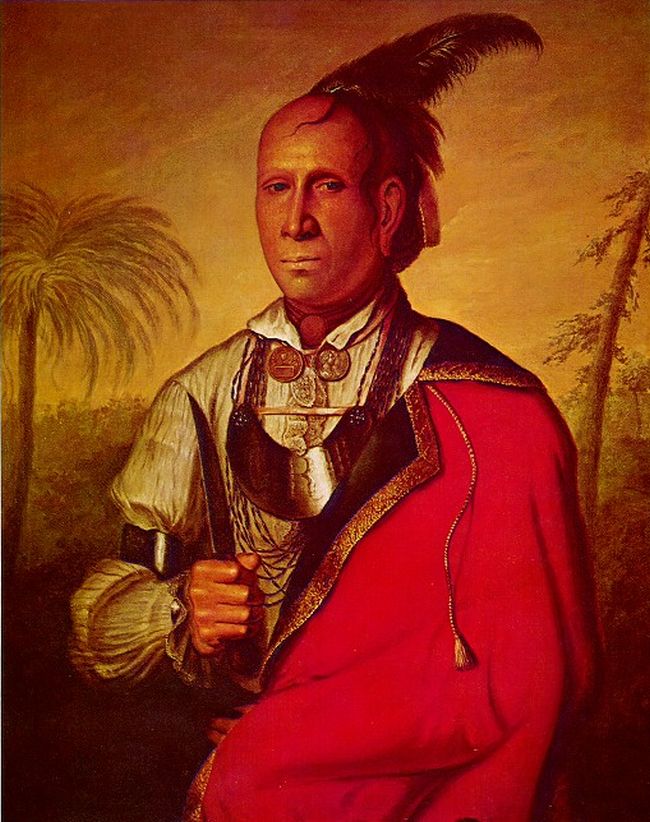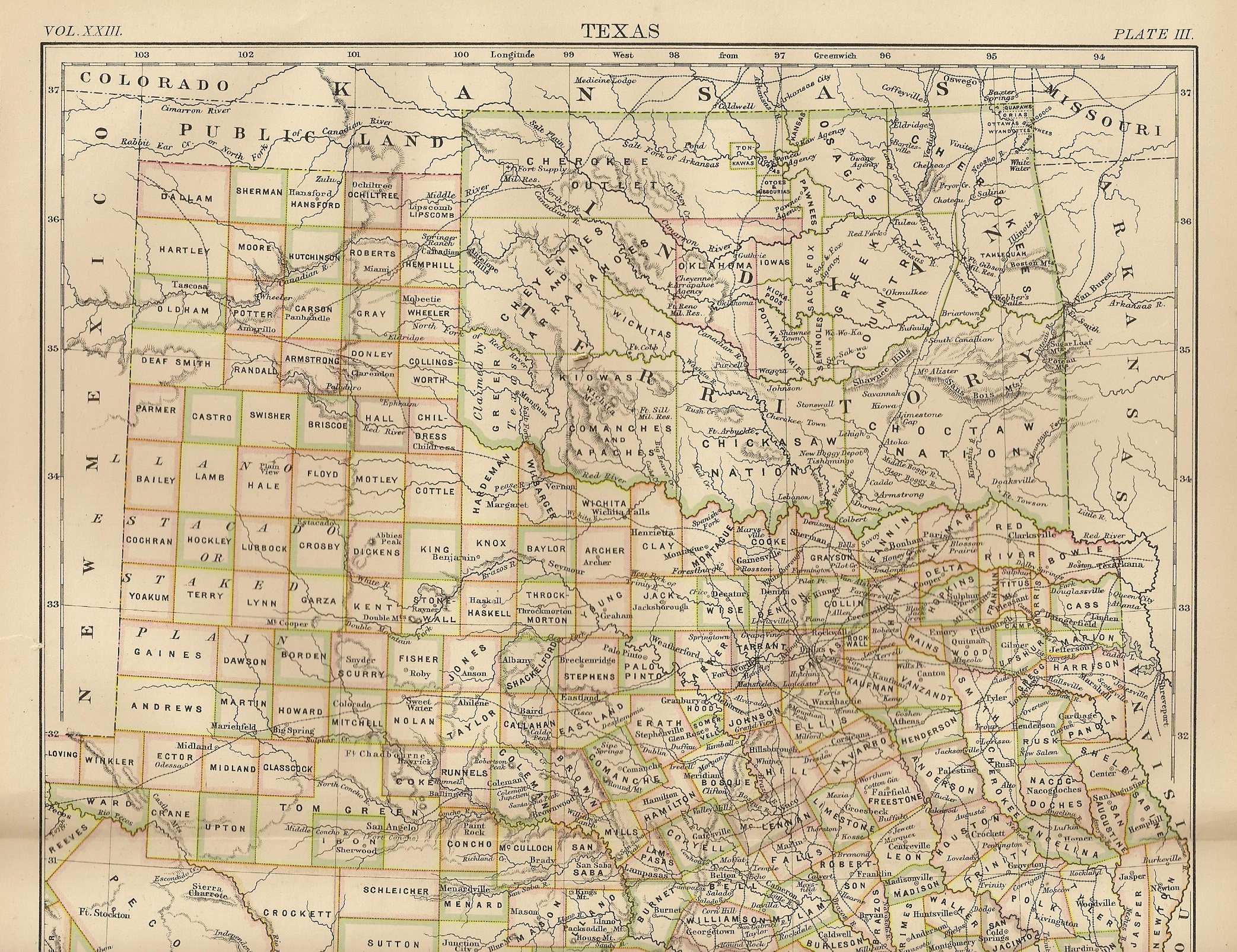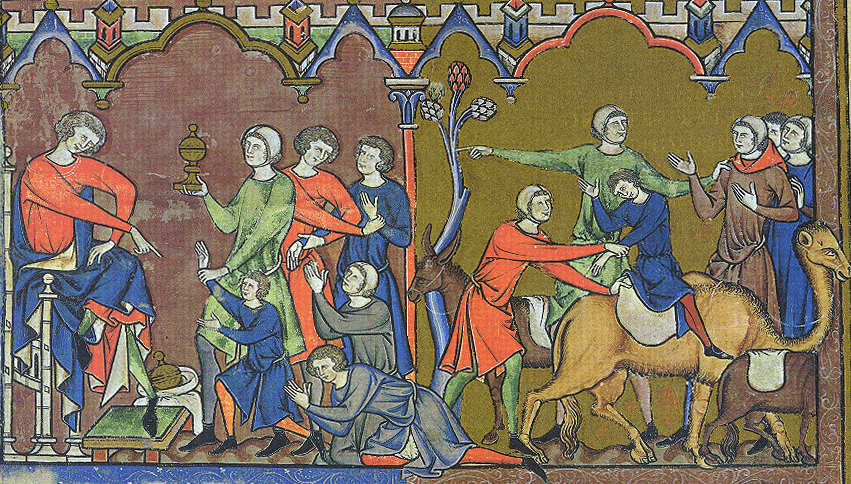|
Benjamin Harjo, Jr.
Benjamin Harjo Jr. (born September 14, 1945 – May 20, 2023) was a Native Americans in the United States, Native American painter and printmaker based in Oklahoma.Lester, 220-1 Background Benjamin Harjo Jr. was an enrolled citizen of the Absentee Shawnee Tribe of Oklahoma and a descended of the Seminole Nation of Oklahoma. His ancestry was half-Seminole and half-Shawnee. Harjo's father was the late Benjamin Harjo Sr., a full-blood Seminole. Harjo's mother, Viola Harjo, was from Byng, Oklahoma. Her father was William F. Harjo, who graduated from Chilocco Indian School in 1939. His maternal grandparents were Emmett and Ruth Wood. Harjo Jr. was born on September 19, 1945, in Clovis, New Mexico. After his parents divorced, Viola married Roman Harjo (1924–2006), in 1954 at Clovis; he became the stepfather of Benjamin Jr. The name Harjo means "crazy" in the Muskogee language, which was spoken by both the Muscogee and the Seminole. The word is part of a military title, ''Chitto Har ... [...More Info...] [...Related Items...] OR: [Wikipedia] [Google] [Baidu] |
Heard Museum
The Heard Museum is a private, not-for-profit museum in Phoenix, Arizona, United States, dedicated to the advancement of American Indian art. It presents the stories of American Indian people from a first-person perspective, as well as exhibitions of traditional and contemporary art by American Indian artists and artists influenced by American Indian art. The main Phoenix location of the Heard Museum has been designated as a Phoenix Points of Pride, Phoenix Point of Pride. The museum operated the Heard Museum West branch in Surprise, Arizona, Surprise which closed in 2009. The museum also operated the Heard Museum North Scottsdale branch in Scottsdale, Arizona, which closed in May 2014. History The Heard Museum was founded in 1929 by Dwight B. and Maie Bartlett Heard to house their personal collection of art. Much of the archaeological material in the Heards' collection came from La Ciudad Indian ruin, which the Heards purchased in 1926 at 19th and Polk streets in Phoenix, Ari ... [...More Info...] [...Related Items...] OR: [Wikipedia] [Google] [Baidu] |
Chitto Harjo
Chitto Harjo (also known as Crazy Snake, Wilson Jones, Bill Jones, Bill Snake, and Bill Harjo; c. 1846 – April 5, 1912) was a leader and orator among the traditionalists in the Muscogee Creek Nation in Indian Territory at the turn of the 20th century. He resisted changes which the US government and local leaders wanted to impose to achieve statehood for what became Oklahoma. These included extinguishing tribal governments and civic institutions and breaking up communal lands into allotments to individual households, with United States sales of the "surplus" to European-American and other settlers. He was the leader of the Crazy Snake Rebellion on March 25, 1909 in Oklahoma. At the time this was called the last "Indian uprising". Early life Born in the Muscogee Creek Nation in Indian Territory after the tribe was removed from Alabama in the 1830s, Wilson Jones was a Muscogee Creek Indian. He was better known by his Creek name of Chitto Harjo, meaning "Crazy Snake." ''Chi ... [...More Info...] [...Related Items...] OR: [Wikipedia] [Google] [Baidu] |
Santa Fe Indian Market
The Santa Fe Indian Market is an annual art market held in Santa Fe, New Mexico on the weekend following the third Thursday in August. The event draws an estimated 150,000 people to the city from around the world. The Southwestern Association for Indian Arts (SWAIA), a nonprofit organization hosts the market, which showcases work by about 1,000 Native American and First Nations artists from Native American tribes and Indigenous nations from coast to coast. History 1920s The first Indian Market, called the annual Southwest Indian Fair and Industrial Arts and Crafts Exhibition, was part of Fiesta de Santa Fe sponsored by the Museum of New Mexico. Kenneth M. Chapman credits art advocate Rose Dougan (life partner of Vera von Blumenthal) for first suggesting the idea of a competitive Native American art fair in 1922 as part of an expanded Santa Fe Fiesta. Edgar L. Hewett, director of the Museum of New Mexico, viewed the early Indian Fair events as part of his efforts for ... [...More Info...] [...Related Items...] OR: [Wikipedia] [Google] [Baidu] |
Sequoyah Research Center
The Sequoyah National Research Center (SNRC), located in Little Rock, Arkansas, is the home of the American Native Press Archives (ANPA). ANPA is one of the largest repositories of Native American publications in the world. The Center is also home to the J.W. Wiggins Native American Art Collection, a collection of over 2400 pieces of art by contemporary Native American artists. From their website: The American Native Press Archives began in 1983 as a clearinghouse for information on American Indian and Alaska Native newspapers and periodicals. In the ensuing years, it has evolved from a joint effort of the Department of English and the Ottenheimer Library he UALR libraryto a freestanding unit in the University. Its mission has changed from an information exchange to a research facility that collects and archives the products of the Native press and materials related to Native press history, collects and documents the works of Native writers, constructs bibliographic guides to Nativ ... [...More Info...] [...Related Items...] OR: [Wikipedia] [Google] [Baidu] |
Mogadishu, Somalia
Mogadishu, locally known as Xamar or Hamar, is the capital and most populous city of Somalia. The city has served as an important port connecting traders across the Indian Ocean for millennia and has an estimated urban population of 2,610,483. Mogadishu is located in the coastal Banaadir region on the Indian Ocean, which, unlike other Somali regions, is considered a municipality rather than a (federal state). Mogadishu has a long history, which ranges from the ancient period up until the present, serving as the capital of the Sultanate of Mogadishu in the 9th-13th century, which for many centuries controlled the Indian Ocean gold trade and eventually came under the Ajuran Sultanate in the 13th century which was an important player in the medieval Silk Road maritime trade. Mogadishu enjoyed the height of its prosperity during the 14th and 15th centuries and was during the early modern period considered the wealthiest city on the East African coast, as well as the center of ... [...More Info...] [...Related Items...] OR: [Wikipedia] [Google] [Baidu] |
Sam Noble Oklahoma Museum Of Natural History
The Sam Noble Oklahoma Museum of Natural History is the officially designated natural history museum for the State of Oklahoma, located on the campus of the University of Oklahoma. The museum was founded in 1899 by an act of the Oklahoma Territorial Legislature. Its current building was completed in 1999 under the leadership of Michael A. Mares, who was director from 1983-2003 and from 2008-2018. The museum contains more than 10 million objects and specimens in 12 collections. The current building is a 198,000-square-foot facility with almost 50,000 square feet (4,600 m2) of public space, with five permanent and two temporary galleries and exhibits that provide an in-depth tour of Oklahoma's natural and cultural history. The remainder of the facility is dedicated to housing museum collections, laboratories, libraries, and offices. It is one of the world's largest university-based natural history museums. Before its 1999 relocation and expansion, the original museum chartered b ... [...More Info...] [...Related Items...] OR: [Wikipedia] [Google] [Baidu] |
Mabee-Gerrer Museum Of Art
The Mabee-Gerrer Museum of Art is a non-profit art museum in Shawnee, Oklahoma, USA. It is located on the former Oklahoma Baptist University Green Campus, being the campus of the former St. Gregory's University. In June 2024, over six years since the closing of St. Gregory's University, it was announced that the university land would return to the monks of St. Gregory's Abbey. The museum operated independently of St. Gregory's University and Oklahoma Baptist University and survived the closure and operational changes of the campus grounds. The museum's collection includes over 3,500 artworks, and spans over 8,000 years of art, and represents cultures from around the world including ancient Egyptian, Chinese, pre-Columbian, African, Native American, European, and American art. The museum houses the official portrait of Pope Pius X and Oklahoma's only Egyptian mummies. The museum includes a gift shop that sells educational toys, publications related to their exhibitions and art ... [...More Info...] [...Related Items...] OR: [Wikipedia] [Google] [Baidu] |
Gilcrease Museum
Gilcrease Museum, also known as the Thomas Gilcrease Institute of American History and Art, is a museum northwest of downtown Tulsa, Oklahoma housing the world's largest, most comprehensive collection of art of the American West, as well as a growing collection of art and artifact (archaeology), artifacts from Central America, Central and South America. The museum is named for Thomas Gilcrease, an oil man and avid art collector, who began the collection. He deeded the collection, as well as the building and property, to the City of Tulsa in 1958. Since July 1, 2008, Gilcrease Museum has been managed by a public-private partnership of the City of Tulsa and the University of Tulsa. The Helmerich Center for American Research at Gilcrease Museum was added in 2014 at a cost of $14 million to provide a secure archival area where researchers can access any of the more than 100,000 books, documents, maps and unpublished materials that have been acquired by the museum. History Thomas ... [...More Info...] [...Related Items...] OR: [Wikipedia] [Google] [Baidu] |
Oklahoma City
Oklahoma City (), officially the City of Oklahoma City, and often shortened to OKC, is the List of capitals in the United States, capital and List of municipalities in Oklahoma, most populous city of the U.S. state of Oklahoma. The county seat of Oklahoma County, Oklahoma, Oklahoma County, its population ranks List of United States cities by population, 20th among United States cities and 8th in the Southern United States. The population grew following the 2010 Census and reached 681,054 in the 2020 United States census. The Oklahoma City metropolitan area had a population of 1,396,445, and the Oklahoma City–Shawnee, Oklahoma, Shawnee Combined Statistical Area had a population of 1,469,124, making it Oklahoma's largest municipality and metropolitan area by population. Oklahoma City's city limits extend somewhat into Canadian County, Oklahoma, Canadian, Cleveland County, Oklahoma, Cleveland, and Pottawatomie County, Oklahoma, Pottawatomie counties. However, much of those areas ... [...More Info...] [...Related Items...] OR: [Wikipedia] [Google] [Baidu] |
Seminole Patchwork
Seminole patchwork, referred to by Seminole and Miccosukee women as Taweekaache (''design'' in the Mikasuki language), is a patchwork style made from piecing colorful strips of fabric in horizontal bands. Seminole patchwork garments are often trimmed with a rickrack border. Early examples of this technique are known from photographs in the 1910s, and its use by Seminole women in garment construction began to flourish in the 1920s. Seminole patchwork has historically been an important source of income for many Seminole women, and today remains a source of cultural pride. Fashion designers, including Donna Karan, have been criticized for their appropriation of this patchwork style. Gallery File:Seminole patchwork shawl.jpg, Seminole patchwork fringed dance shawl, ca. 1980s, by Susie Cypress (Seminole Tribe of Florida) from the Big Cypress Reservation, Florida File:Ruby Jumper Billie- Big Cypress Reservation, Florida (8790883947).jpg, Ruby Jumper Billie, Big Cypress Reservation, Fl ... [...More Info...] [...Related Items...] OR: [Wikipedia] [Google] [Baidu] |
Benjamin Harjo Travis D Day
Benjamin ( ''Bīnyāmīn''; "Son of (the) right") blue letter bible: https://www.blueletterbible.org/lexicon/h3225/kjv/wlc/0-1/ H3225 - yāmîn - Strong's Hebrew Lexicon (kjv) was the younger of the two sons of Jacob and Rachel, and Jacob's twelfth and youngest son overall in Jewish, Christian and Islamic tradition. He was also considered the progenitor of the Israelite Tribe of Benjamin. Unlike Rachel's first son, Joseph, Benjamin was born in Canaan according to biblical narrative. In the Samaritan Pentateuch, Benjamin's name appears as "" (Samaritan Hebrew: , "son of days"). In the Quran, Benjamin is referred to as a righteous young child, who remained with Jacob when the older brothers plotted against Joseph. Later rabbinic traditions name him as one of four ancient Israelites who died without sin, the other three being Chileab, Jesse and Amram. Name The name is first mentioned in letters from King Sîn-kāšid of Uruk (1801–1771 BC), who called himself “King of Amnanum ... [...More Info...] [...Related Items...] OR: [Wikipedia] [Google] [Baidu] |

